Formative Assessment: A Practical Guide To When And How To Use It
Read this educational research informed guide to formative assessment to find out what it means, how to use it most effectively and what challenges and pitfalls to look out for.
Dylan Wiliam has described formative assessment as a cornerstone of outstanding lessons and an essential area for ongoing professional development. So, if you are keen to unlock the full potential of your teaching and help your students excel, it’s time to embrace the power of formative assessment!
School Leaders Guide To Math Assessment
A breakdown of the different types of elementary, middle and high school math assessments, with strategies and free resources for use in your school.
Download Free Now!What is formative assessment?
Formative assessment is the process of monitoring and assessing students’ learning and understanding in order to adapt your teaching methods to better address students’ learning needs. The result of this continual formative feedback is that both teacher and student know the areas of greatest strength and the areas for improvement. Formative assessment is by its nature a low stakes form of assessment.
One way to view formative assessment is that it is a way for students to provide feedback to their teacher about whether they are on track to achieve the learning outcomes for the lesson.
Although the feedback is provided by students, it is the responsibility of the teacher to ensure that students are given access to formative assessment opportunities that provide the teacher with accurate and ongoing feedback. The feedback must then also be used carefully to inform the teacher’s next steps.
Formative assessment is often, but not always relatively quick and in the moment e.g. asking children to hold up small whiteboards to assess their understanding of a concept; it can also be much more extensive such as a diagnostic assessment.
Some people will use the term formative assessment as synonymous with assessment for learning or assessment as learning because it utilizes assessment to ultimately help the learning process.
Formative assessment vs summative assessment
The difference between formative vs summative assessment is best seen in terms of their goals.
The goal of formative assessment is to guide the next stage of teaching and learning and inform the teacher and student on their gaps in skills knowledge.
In contrast, the goal of summative assessment is a snapshot or record of what a student has learnt by a particular point in time, often benchmarked against school or national standards.
Formative assessment strategies offer assessment for learning; they provide teachers with the information they need to enhance and track student progress. It is a great starting point to implement differentiated instruction accurately.
Summative assessment provides an assessment of learning and a measure of student performance.
Formative assessment occurs throughout a class or course. Summative assessments are more likely to take the form of high stakes classroom assessments like standardized tests or end of year exams in a school. Examples of formative assessments will include low stakes quizzes or exit tickets. However, you cannot rely on the format of the assessment alone – it’s all about how it’s used.
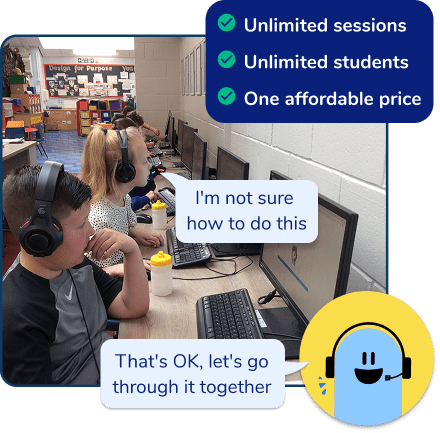
Meet Skye, the voice-based AI tutor making math success possible for every student.
Built by teachers and math experts, Skye uses the same pedagogy, curriculum and lesson structure as our traditional tutoring.
But, with more flexibility and a low cost, schools can scale online math tutoring to support every student who needs it.
Watch Skye in actionWhat are the benefits of formative assessment?
There is empirical evidence to support the importance of formative assessment. Wiliam and Leahy (2016) conducted a two-year study in 57 schools to measure the impact that formative assessment has on students’ learning experience. At the end of the study, students in 85% of the schools were responding significantly more to their teachers’ feedback than before the study started.
The five strategies promoted by Wiliam and Leahy were:
Clarifying, sharing and understanding learning intentions and success criteria
Engineering effective discussions, tasks, and activities that elicit evidence of learning
Providing high quality feedback to students that moves learning forward
Activating students as learning resources for one another
Activating students as owners of their own learning.
The benefits of formative assessment include:
Encourages a culture of reflection and adaptation in students, empowering them to reflect on and adapt their own learning.
Facilitates teachers in evaluating and refining their teaching strategies based on formative assessment insights.
Promotes self-evaluation, student self-assessment, and metacognition, enabling students to effectively plan, monitor, and evaluate their learning progress, hopefully raising student motivation.
Strengthens student understanding of goals and success criteria, for example through peer assessment and self assessment.
Improves students’ academic performance by providing teachers with valuable feedback on student understanding.
Enables teachers to implement tier 1 interventions or tier 2 interventions for specific students as necessary, ensuring personalized instruction and enhanced learning outcomes.
How formative assessment raises student achievement
1. Formative assessment raises student achievement by allowing more targeted teaching
By analysing the results of carefully planned formative assessment, teachers can develop an accurate picture of their student’s current understanding of a given topic. Using this in depth information to inform teaching and the next steps in the lesson and future lesson planning can allow gaps in understanding to be closed and improve student progress
2. Formative assessment can raise student achievement by improving their self-evaluation
If the results of formative assessment tools are shared with students and appropriate targeted teaching strategies are implemented, students can begin to identify whether a solution is accurate, which methods are most effective and when it is appropriate to use them. However due to the Dunning-Kruger effect – a cognitive bias causing students to overestimate their own achievement – it is vital that the ability of a student to accurately self-evaluate their understanding is itself continually assessed and monitored.
3. Formative assessment encourages students metacognitive skills
As they receive ongoing feedback, they are exposed to a range of formative assessment methods and become more involved in their learning; metacognition is a proven technique to raise academic achievement.
Examples of formative assessment
The formative assessment technique you choose will depend on the situation, your current knowledge of the student, and what outcome you require from your assessment. The most reliable information about student knowledge comes from formative assessment activities consciously designed to uncover what students do and don’t know and and expose misconceptions.
Some of these common formative assessment examples by their nature will be diagnostic i.e. with the primary goal of identifying and evaluating students’ current knowledge and understanding in a specific content domain.
The most effective formative assessment examples are:
Diagnostic questions
Low stakes quizzes
Mini whiteboards
Problem pairs
Examples and non-examples
Exit tickets or exit slips
Shadow tests
Comment-only marking
Metacognitive prompts
One-minute papers
Always, sometimes, never
Open-ended questions
Identifying math misconceptions
Concept map
Mark scheme or rubric
Homework tasks
How to use formative assessment as part of your intervention
We recommend every intervention should have some level of formative assessment at the end or beginning to inform the next lesson. This is because the best interventions by their nature are targeted and focused on an individual student’s needs as is the case for our one on one online math tutoring
At Third Space Learning, our highly trained math tutors use pre-assessment, assessment for learning and post-assessment formatively to monitor student progress. Tutors can then personalize learning in real-time to ensure maximum student achievement.
Teachers have full control over the topics and skills covered in our sessions. Teachers can select which standards each student needs additional support with each week. Alternatively, teachers can share student data with us and we’ll personalize the pathways for you.
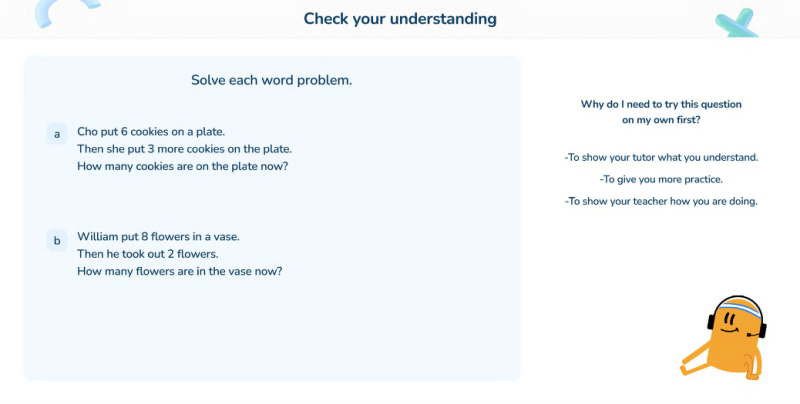
An example of a Third Space Learning post session question
The importance of formative feedback
The success of formative assessment relies on teachers being able to give clear and concise feedback that helps students move from their current level of understanding to the next level.
When feedback gives students explicit instructions that move their learning forward, it is called formative feedback. Formative assessments that are not followed by effective formative feedback will not improve student attainment.
Examples of formative feedback
Formative feedback is crucial for students to improve their academic performance by gaining insights into their strengths and weaknesses.
This can be given on an individual basis, either verbal or written, or it may be given to a whole class following a low-stakes quiz or at the start of a lesson in response to the information gained from the previous lesson’s exit ticket.
The following examples illustrate the types of formative feedback seen in math lessons:
1. Verbal formative feedback
A teacher explains to a student that they have mixed up the definitions of factors and multiples.
They might remind the student that the word multiple means ‘lots of’ something to help them remember that they can use their times tables to identify the multiples of a number.
2. Written formative feedback
In response to the work shown below in a student’s notebook, a teacher writes:
‘Remember that the denominators do not need to be the same when multiplying fractions. Try this question again by multiplying the numerators and denominators together for the original question’.
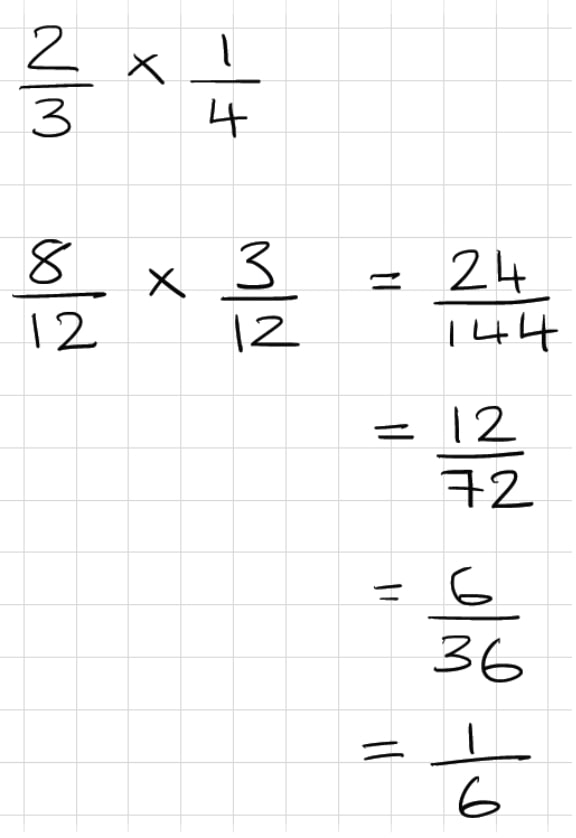
3. Whole class formative feedback
Following the completion of an exit ticket, the teacher begins the next lesson with a recap addressing common misconceptions she identified in the exit tickets.
Challenges associated with formative assessment processes
Formative assessment is a crucial aspect of evaluating student work and adjusting instruction to meet their needs. Nevertheless, teachers encounter challenges in implementing effective practices:
1. Ensuring accurate reflection of student learning
David Didau has argued that there must be a period of time between the new knowledge acquired and the formative assessment. Otherwise the assessment becomes a measure of student performance rather than student learning.
He argues that when students are shown a new method during a lesson, say expanding double brackets, any assessment of their ability to do that during the same lesson is a measure of memory and performance rather than learning and understanding.
If we consider learning to be a permanent change in students’ long-term memories, then it is difficult to argue that any assessment completed soon after a new method has been taught can accurately predict whether it has been successfully learnt.
As Wiliam and others have pointed out, the point of eliciting evidence of learning via formative techniques is to incrementally increase the probability that the learning that has taken place matches the initial learning intentions – the more you check and correct, the more likely this becomes. No formative assessment technique can definitively confirm that learning has occurred.
Despite this criticism, it is still important to know whether students can independently reproduce a new method during the lesson in which it has first been taught.
Even if we are only measuring performance at this stage in the learning process, being able to successfully perform a new skill is still a prerequisite to being able to do it at a future date.
If a student is not able to demonstrate understanding of a new topic during the lesson it is important that the teacher has that information and adjusts their teaching strategy accordingly.
Testing previously learnt material through a low stakes quiz at the start of a lesson is likely to be an accurate assessment of learning rather than performance, particularly if the material being tested was taught in the previous month or semester.
Providing students with in this way will strengthen the connections in their long-term memory, activate prior knowledge, and allow teachers to know whether previously learnt material needs to be retaught.
2. Selecting effective questions to identify specific learning gaps
Another challenge associated with formative assessment is selecting the right questions to include in the assessment materials.
Poorly chosen questions can identify that a student has not fully understood a topic but will not be able to identify which specific part has been misunderstood.
It is much more effective to include diagnostic questions when creating formative assessments. Diagnostic questions are specifically designed to give a greater insight into students’ cognitive processes and produce answers that allow the teacher to know which specific part of the topic has not been understood.
In the example below, each incorrect answer will reveal the nature of students’ misunderstanding.
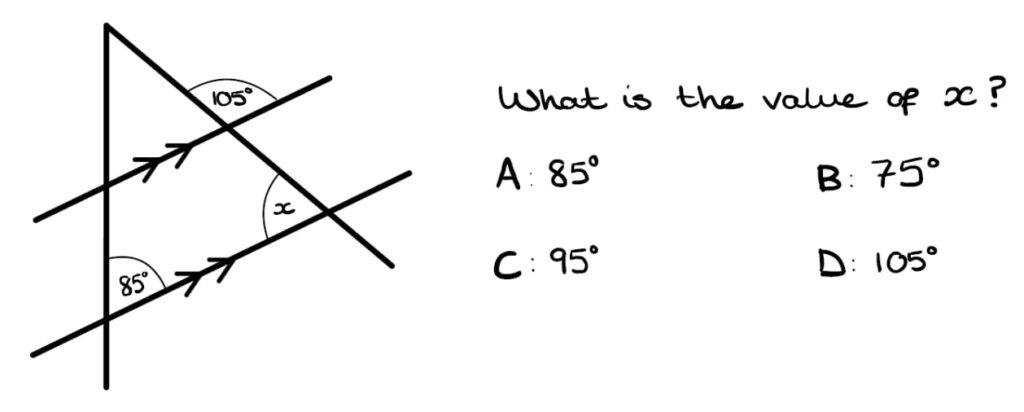
B is the correct answer. Each incorrect answer reveals the learner’s misconception:
Answer A: triangle is isosceles.
Answer C: 85° and x add to 180.°
Answer D: 105° and x are corresponding angles.
Formative assessment FAQs
The difference between these two types of assessment is that summative assessments produce a measure of student attainment; they are usually presented in the form of a high-stakes assessment. The results have little or no impact on subsequent teaching. On the other hand, formative assessments produce a measure of attainment and are designed to identify students’ misconceptions. Teachers use the results of formative assessments to adapt their teaching and improve student progress.
Formative assessment allows teachers to monitor student learning and quickly check student understanding to identify how they should adapt their teaching to improve student attainment. Ongoing formative feedback also helps students to develop metacognitive skills which supports them to become self-regulated learners.
Use formative assessment to test prior knowledge to ensure you are testing learning rather than performance. Design your formative assessment questions so that each incorrect answer reveals students’ specific misunderstanding.
Do you have students who need extra support in math?
Give your students more opportunities to consolidate learning and practice skills through personalized math tutoring with their own dedicated online math tutor.
Each student receives differentiated instruction designed to close their individual learning gaps, and scaffolded learning ensures every student learns at the right pace. Lessons are aligned with your state’s standards and assessments, plus you’ll receive regular reports every step of the way.
Personalized one-on-one math tutoring programs are available for:
– 2nd grade tutoring
– 3rd grade tutoring
– 4th grade tutoring
– 5th grade tutoring
– 6th grade tutoring
– 7th grade tutoring
– 8th grade tutoring
Why not learn more about how it works?
Meet Skye, our AI voice tutor. Built on over a decade of tutoring expertise, Skye uses the same proven pedagogy and curriculum as our traditional tutoring to close learning gaps and accelerate progress. Watch a clip of Skye’s AI math tutoring in action.
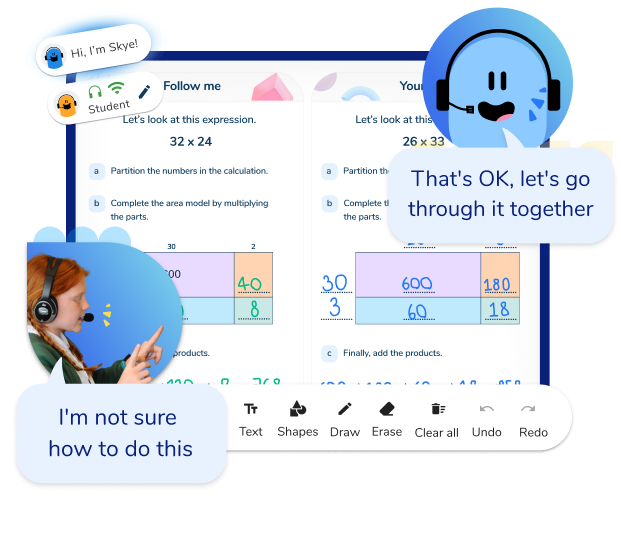
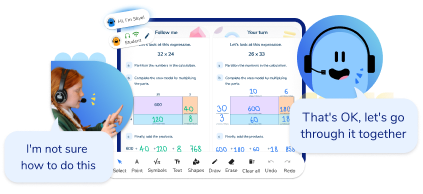

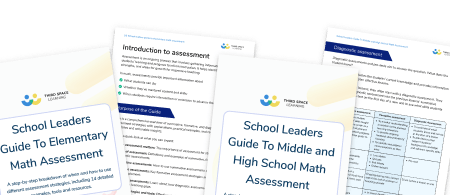
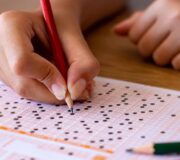


![Diagnostic Assessment: Your Teaching And Intervention Must Have [+ Free Resources]](https://thirdspacelearning.com/wp-content/uploads/2023/07/diagnostic-assessment-featured-image-180x160.jpg)